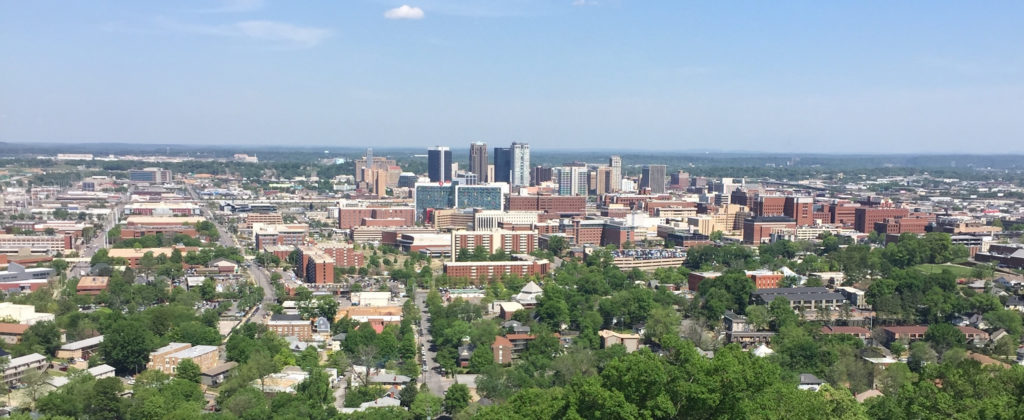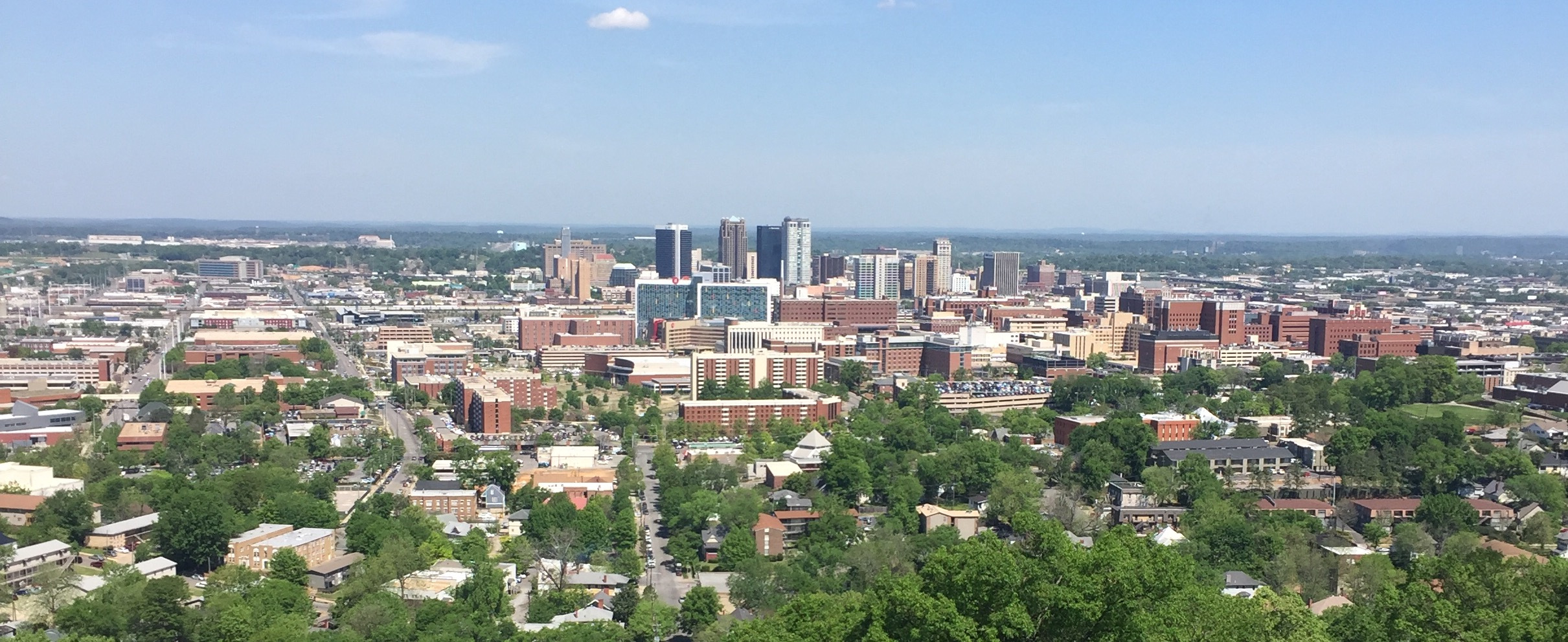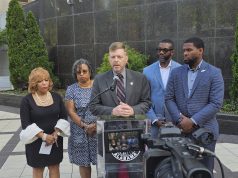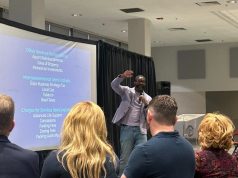Times staff report

As part of the Birmingham Task Force for Preserving Dynamic and Diverse Neighborhoods initiative, the city will hold four public meetings to discuss mitigating the negative impacts of gentrification through equitable and inclusive policy. The meeting schedule is as follows:
- Thursday, Oct. 19, 6 p.m.– 8 p.m., Jefferson State Community College, Lurleen B. Wallace Hall, Room 300
- Thursday, Nov. 2, 6 p.m.– 8 p.m., Birmingham Botanical Gardens
- Thursday, Nov. 16, 6 p.m.– 8 p.m., Boutwell Municipal Auditorium.
Mayor William Bell announced the establishment of the Task Force in July.
The purpose of the public meetings is to provide opportunities for citizens to learn about and comment on gentrification, and current social and economic conditions within their neighborhoods. Comments received will be analyzed along with socio-economic, market, and public health data. The data will be utilized to help the Task Force recommend regulatory policy changes that will help mitigate the negative impacts of gentrification.
The city established the Task Force to assess the current landscape of gentrification in Birmingham, and recommend changes to city policy in housing affordability, anti-displacement zoning, education and workforce training, transportation and health equity.
The Task Force is comprised of a diverse, interdisciplinary group responsible for assessing the current landscape of gentrification in Birmingham, and recommending city policy changes in housing affordability, anti-displacement zoning, education and workforce training, transportation and health equity.
“Establishing this Task Force is the first step in the process to solve not only the challenges of today but to lay the foundation for an equitable Birmingham tomorrow and beyond,” Bell said. “To do that, we will need the support of the whole city- residents, advocates, developers, financiers, nonprofits, and others must join together to implement local changes and speak with a unified voice.”
The Task Force will utilize the most comprehensive methods available to gain input from city residents, business, and other stakeholders to inform policy recommendations. The Task Force public engagement process and meeting dates will be released when confirmed.
The phenomenon known as gentrification can be defined as areas of traditionally lower income neighborhoods in which the residents and small businesses over time are displaced by higher income individuals, families, and establishments.
The gentrification process occurs as a result of renewal and rebuilding within the lower income areas which in turn increases the property values of the surrounding area, thus making it increasingly difficult for lower-income families and small businesses to afford. As a result, entire neighborhoods and communities can change dramatically over time.





